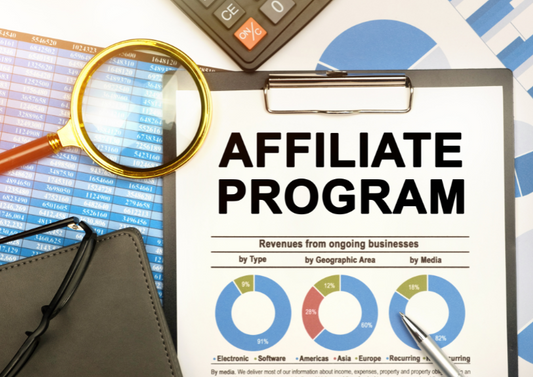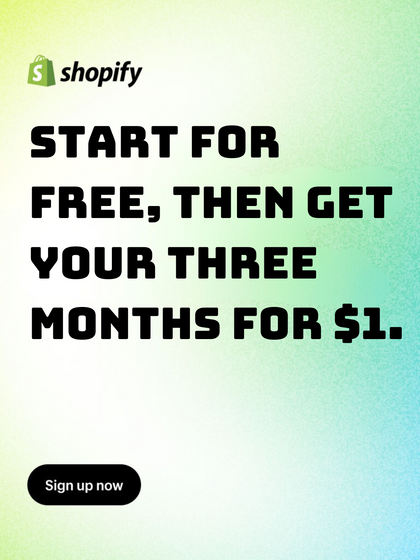Launching a mobile app is only the first step. To ensure success, an effective marketing strategy is key. Below is a full breakdown of how to market your mobile app for maximum impact.
1. Pre-launch Preparation
Before launching, it's essential to build anticipation and create demand for your app.
- Market Research: Identify your target audience. Analyze competitors and understand user behavior in your niche.
- App Store Optimization (ASO): Optimize your app listing for better visibility in app stores (Google Play and Apple App Store). Key elements to optimize include:
- Title & Subtitle: Use relevant keywords in your app’s name.
- Description: Highlight unique features and benefits with relevant keywords.
- App Icon & Screenshots: Design an eye-catching icon and use high-quality screenshots.
- App Category: Choose a category that aligns with your app's purpose to reach the right users.
- Website & Landing Page: Create a website or landing page to capture interest before the launch. Offer pre-launch signups, sneak peeks, or exclusive content to engage your audience early.
- Build Social Media Presence: Engage with potential users through platforms like Instagram, Twitter, and LinkedIn. Share behind-the-scenes content and app updates to create excitement.
2. Leverage Influencer and Affiliate Marketing
Collaborate with influencers or affiliate marketers relevant to your app’s niche. This partnership can boost credibility and provide you access to a pre-built audience.
- Influencer Campaigns: Partner with influencers to promote your app through sponsored posts or reviews. Choose influencers whose followers match your target demographic.
- Affiliate Marketing: Offer commissions to affiliates for promoting your app. They can drive downloads through blog posts, YouTube videos, or social media.

3. Leverage Paid Advertising
Paid ads are an effective way to drive traffic and downloads. Here are the platforms you can use:
- Google Ads: Promote your app with Google App campaigns that automatically target search, YouTube, and the Display Network.
- Social Media Ads: Use Facebook, Instagram, or TikTok ads to target specific audiences. Optimize your ads with engaging visuals, clear call-to-actions, and a focus on app benefits.
- App Store Ads: Apple Search Ads or Google Play Ads can help you appear in app store search results.
4. Content Marketing and SEO
Content marketing can drive organic traffic and boost your app’s visibility.
- Blogging: Write informative articles about your app’s niche. Share tips, tutorials, or news related to your app’s industry to engage your audience.
- Guest Blogging: Write for industry blogs to reach a wider audience.
- SEO: Optimize your content to rank higher on Google. Use relevant keywords to target potential users searching for solutions that your app offers. Implement on-page SEO strategies for better search engine performance.
5. Email Marketing

Email marketing can keep your users engaged and informed.
- Build an Email List: Offer incentives (like a free feature) to encourage users to sign up for your emails.
- Pre-launch Emails: Send teaser emails to build hype before the launch. Share app sneak peeks, upcoming features, and exclusive offers.
- Post-launch Emails: Once your app is live, send download links and updates to your subscribers.
6. App Store Optimization (ASO) After Launch
After your app is live, ASO should be an ongoing task.
- Ratings & Reviews: Encourage users to leave positive reviews. Respond to both positive and negative feedback.
- Regular Updates: Regularly update your app with new features or bug fixes to stay relevant.
- Track Competitors: Regularly analyze your competitors to understand their strategies and identify opportunities for improvement.
7. Engage Users with Push Notifications
Push notifications can re-engage users and remind them to use your app.
- Personalized Notifications: Use data to send personalized, targeted messages that address user needs.
- Offers & Updates: Share special offers, new features, or reminders to draw users back into your app.
8. Leverage Analytics to Measure Success
Use analytics tools like Google Analytics, Firebase, or Mixpanel to monitor app performance and user behavior.
- User Acquisition: Track where your users are coming from, which marketing channels are working, and which ones need improvement.
- Engagement Metrics: Analyze how users interact with your app, where they drop off, and optimize those areas.
- Retention Strategies: Focus on improving user retention through engaging features, personalized offers, and feedback loops.
9. Localize for Global Reach

If your app is available globally, localize your app store listings, ads, and content for different languages and regions. This allows you to capture a wider audience and improve your app's relevance in international markets.
10. Offer Incentives and Promotions
Offer limited-time promotions or in-app rewards to motivate users to download or re-engage with your app.
- Referral Programs: Provide rewards for users who refer others to download the app.
- Exclusive Discounts: Offer exclusive discounts for users who download the app or make a purchase.
Conclusion
Marketing your mobile app effectively is essential to ensuring its success. By using a combination of pre-launch strategies, influencer marketing, paid ads, SEO, and user engagement tactics, you can maximize your app's visibility and user base. Each strategy should be tailored to your app’s audience and continuously optimized based on performance.
Start marketing your mobile app today and unlock its potential to drive downloads and user engagement!




